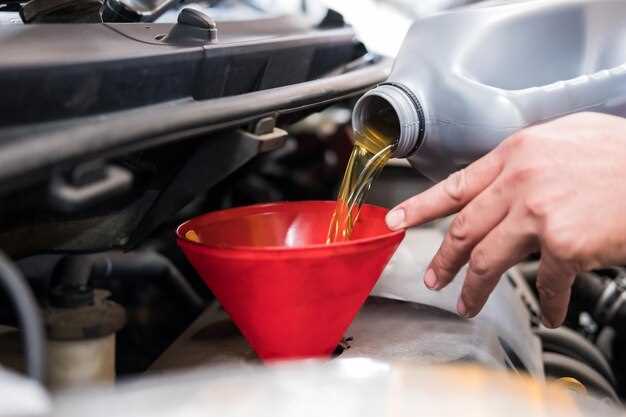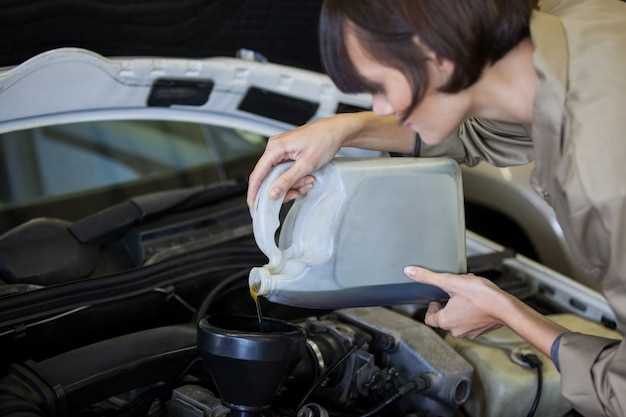
For classic Porsche enthusiasts, maintaining the integrity of the engine is paramount; one of the key aspects of this maintenance is regular oil service. Oil change frequency is not merely a recommendation but a crucial component in ensuring the longevity and performance of these iconic vehicles. Understanding the right intervals for changing oil can significantly affect both the driving experience and the overall condition of the engine.
Classic Porsches, like the 911 and 356, are built with precision engineering, and the oil plays a vital role in their performance. As oil ages, it loses its effectiveness in lubricating engine components, which can lead to increased wear and tear. Therefore, knowing when to change the oil is essential for preserving the quality and function of these timeless machines.
Typically, it is advised to change the oil in classic Porsches every 3,000 to 5,000 miles, or at least once a year, whichever comes first. However, factors such as driving conditions, climate, and usage frequency can influence this interval. It’s important to regularly inspect the oil and monitor its condition, ensuring that your classic Porsche continues to deliver the exhilarating performance it was designed for.
Determining the Right Oil Change Frequency for Different Models

When it comes to classic Porsches, establishing the correct oil change interval is crucial for maintaining performance and longevity. Different models have varying specifications and needs, which should influence your service schedule.
For instance, the early models like the Porsche 356 typically require oil changes every 3,000 miles or at least twice a year. This frequency is important because these engines, while robust, can accumulate sludge and wear out quickly if not properly maintained.
In contrast, the Porsche 911 models, particularly those from the air-cooled era, often have a recommended oil change interval of 5,000 to 7,500 miles. The advanced engineering and better cooling systems in these models allow for longer intervals, but regular checks of oil quality and levels are still essential.
For post-1989 models like the Porsche 964 and Porsche 993, the change interval can extend up to 10,000 miles, especially with synthetic oils that provide greater protection against degradation. However, this should be balanced with driving conditions; cars used for spirited driving or track days may require more frequent service.
Additionally, consider age and condition; classic Porsches with older engines may benefit from more frequent changes to combat wear and ensure optimal performance. Ultimately, always refer to the owner’s manual for specific guidance tailored to your vehicle model.
In summary, oil change frequency varies significantly among different classic Porsche models. Understanding the needs of your specific vehicle will help you determine the right servicing interval, leading to better engine health and performance.
Impact of Driving Conditions on Oil Change Intervals

Driving conditions play a crucial role in determining how often owners should change the oil in classic Porsches. Different environments and driving styles can significantly impact the effectiveness of the oil and its longevity. For instance, frequent short trips in urban settings can lead to increased engine wear and contamination, necessitating more frequent oil changes compared to long highway drives. In city driving, engines often do not reach optimal operating temperatures, which prevents oil from adequately lubricating engine components.
Similarly, aggressive driving behaviors, such as rapid acceleration and hard braking, can contribute to higher operational stresses on the engine. This leads to increased thermal breakdown of the oil, further shortening the recommended service interval. Conversely, if the vehicle is regularly driven under stable and moderate conditions, the oil change intervals can generally be extended.
Environmental factors also influence the oil’s efficiency. For example, driving in extreme temperatures–whether hot or cold–can affect oil viscosity and performance. In such cases, it may be necessary to adjust service intervals to ensure optimal engine protection. Additionally, dusty or off-road conditions may introduce more contaminants into the engine, warranting a more frequent change to maintain engine health.
Ultimately, classic Porsche owners should regularly assess their driving conditions and adjust the oil change intervals accordingly to ensure their engines run smoothly and last longer. Regular maintenance tailored to specific driving conditions can enhance performance and extend the life of these cherished vehicles.
Signs That Indicate It’s Time for an Oil Change
Regular oil changes are crucial for the maintenance of classic Porsches, ensuring optimal engine performance. Several signs can indicate that it’s time for an oil change, even if you haven’t reached the recommended service interval.
One of the most noticeable indicators is the color and consistency of the oil. Fresh oil has a golden or amber hue, while used oil tends to turn darker and may become gritty. If you check your oil level and find that it appears very dark or sludge-like, it’s a clear sign that an oil change is due.
Pay attention to the oil level itself. If you’re finding that you need to top off the oil frequently, this could indicate that the oil is getting old and losing its effectiveness. A dropping oil level suggests potential leaks or that the oil has degraded and is not providing adequate lubrication.
Another important factor is engine performance. If you notice changes such as increased engine noise, decreased fuel efficiency, or unexpected surges in temperature, it could suggest that the oil is no longer functioning properly, thus necessitating a change.
Lastly, regular mileage tracking can help keep tabs on oil condition. If you have equipped your classic Porsche with an interval reminder, rely on it. However, don’t ignore the physical signs of oil degradation; personal observation should also play a role in your maintenance routine.
 Skip to content
Skip to content





